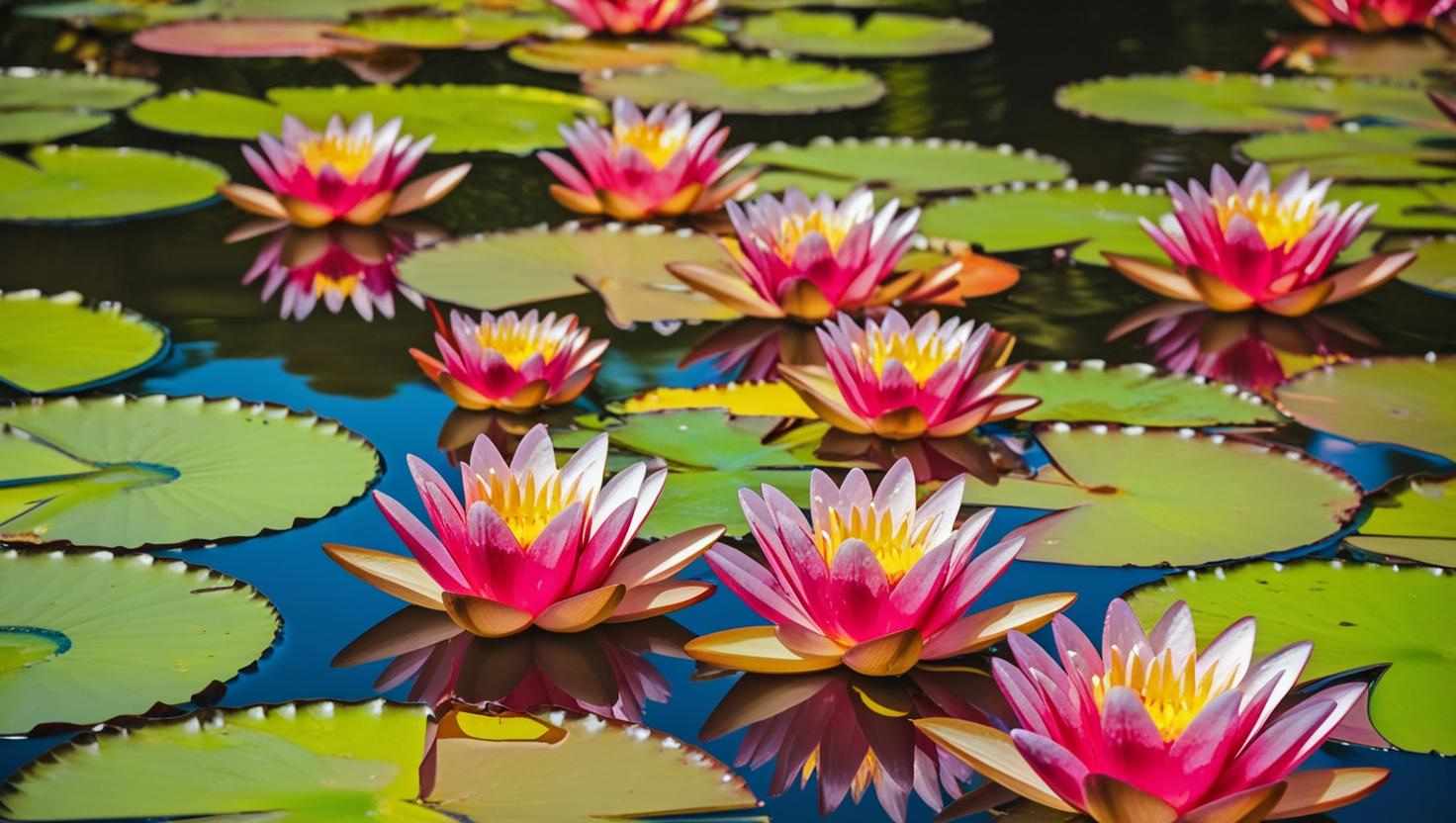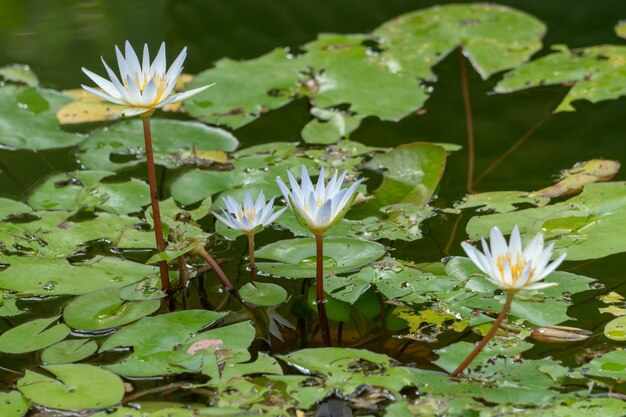
A pristine, clear pond acts as a precursor to a natural environment, stimulating a gentle breeze to softly caress the water's surface. In them, nurturing different varieties of fish can overall influence the ecosystem surrounding us. With the addition of water lilies, the pond will be transformed into a picturesque scene telling a profound story of beauty and grace. Mayla water lily is a common yet popular choice to adorn the shimmering waters of your pond.
The Beauty of Mayla Water Lily
It is a flower with double-layered fuchsia pink petals encapsulating a vibrant orange stamen that stands high above the water. They have leaves in the form of pads that float on the water surface, providing a large area for photosynthesis to take place.
Why is Mayla Water Lily a Favourite Choice?
It is well known for its unique fragrance and its large size, making the whole pond look ethereal by just planting a few lilies. Moreover, Mayla water lily is easy to maintain, requiring just enough sunlight, fertilisation and occasional removal of dead leaves to initiate growth. The plants survive the winter by becoming dormant and storing nutrients in their modified stems. With proper care, they bloom again with renewed radiance in summer, requiring no further cost in buying new seeds for decades.
How to Store the Mayla Water Lily?
The Mayla water lily must be removed from the pond if the temperature in your region drops below zero, which causes the water to freeze. The method for storage is discussed below:
Initiate Formation of Tuber: After the blossoming season is over, stop fertilizing the plant, which will encourage it to grow a tuber for nutrient storage.
Extract the Tuber: In extreme cold, most of the pads turn yellow and start drying up. This means the plant is starting to enter its dormant phase. Lifting the plant carefully from the pot, remove its bulbous tuber and cut off the old roots growing out from it. To avoid any old dirt residue, clean the tuber thoroughly under tap water.
Store the Tuber: Now, taking a glass jar, put damp sand or peat moss in it. Gently place the tuber inside the container and seal it. Put the closed jar in a cool, dark area and inspect it monthly for any signs of mold. If you spot any signs of fungal activity, repack it in fresh, drier sand and a new container.
Replantation of Tuber: After the harsh climate is over, replant the tuber in fresh aquatic soil. Place the pot in the shallow part of the pond in its beginning stages, effectively increasing its growth over time. Venture deeper into the pond depending on the size of its maturation.
Rare Water Lillies
If you want to give your pond an exotic touch, you can import rare varieties of water lilies such as Dwarf Victoria Lily, Blue Queen and Manvisa. Each of them has unique characteristics that make them an incredible addition to your collection if you are a flora enthusiast.
Conclusion
In the stillness of a sun-dappled pond, the Mayla water lily rises like a dream. Each flower is a floating poem, with stems rooted in murky depths yet reaching for sunlight. The Mayla doesn't just decorate the water; it transforms it into a magical view, portraying a heartfelt message of resilient perfection.
















Write a comment ...